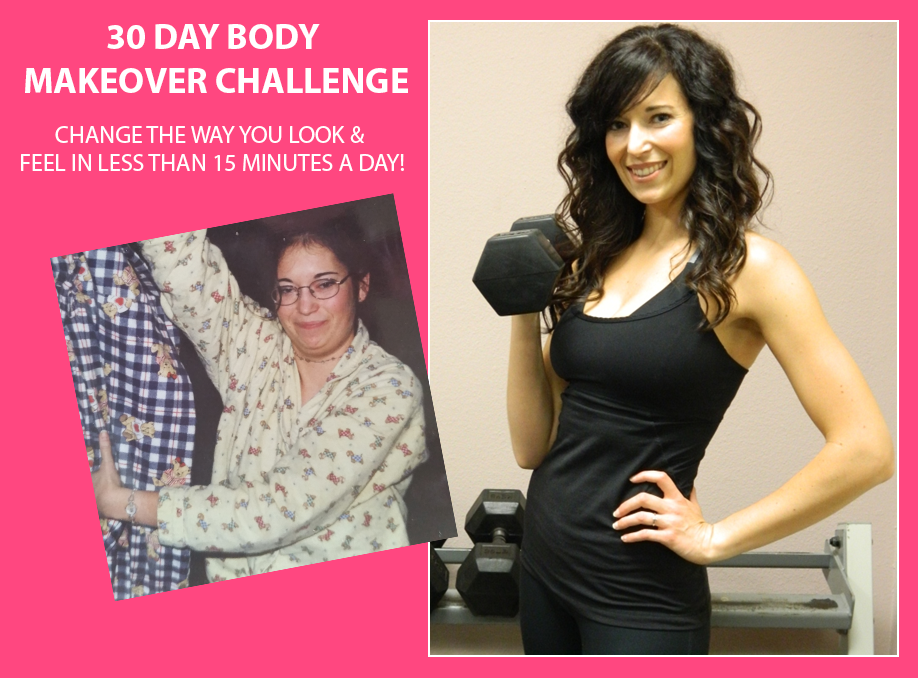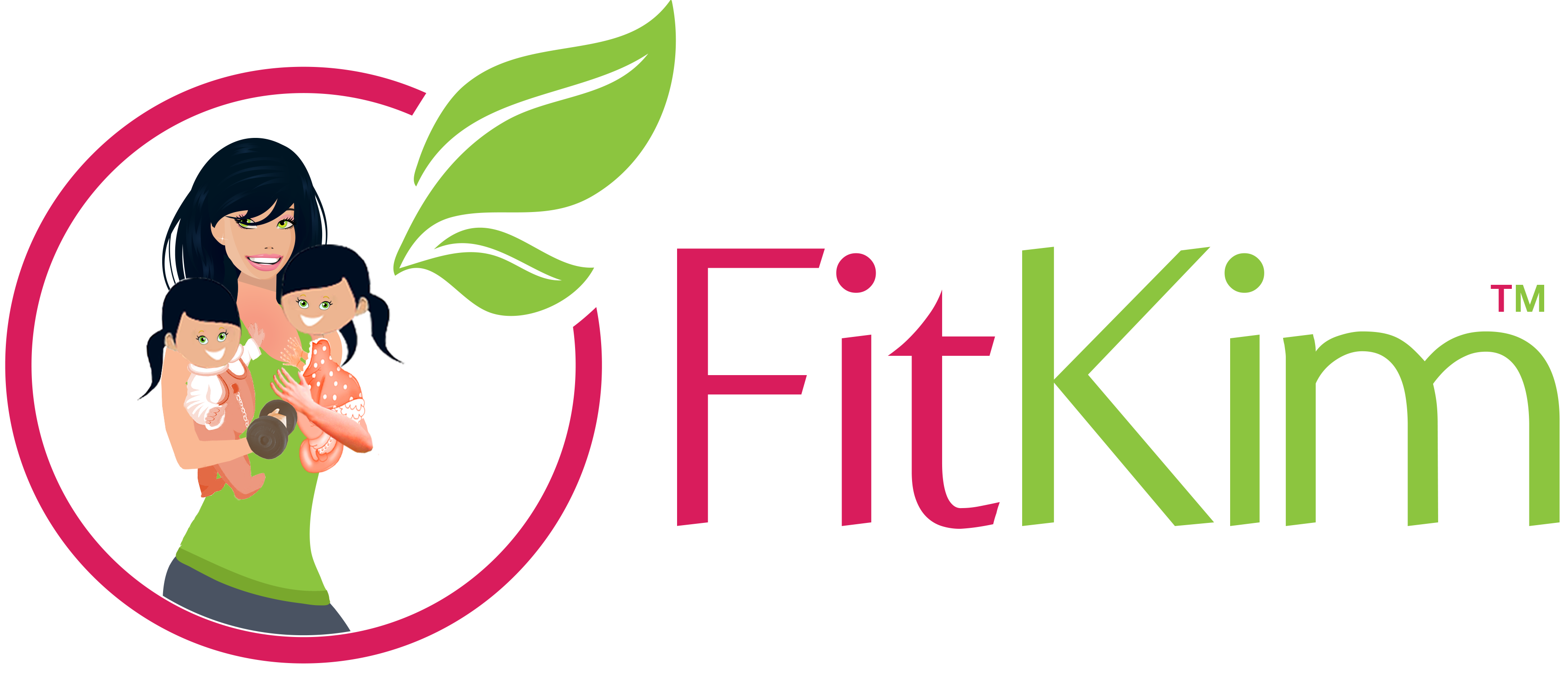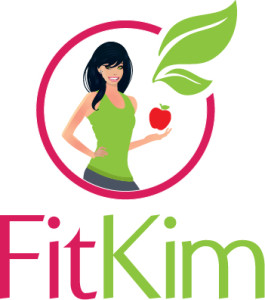
One of my favorite parts about moving to Texas from Michigan is the large amount of each year that can be spent in the sun. We had our windows open through October, and I was lying by the pool in February. Is this a dream? If you live in the North, you can appreciate what a treat this is! However, this also increases my exposure and intensity from the sun. While everyone around me is lathering up with sunscreen from the grocery store, I choose not to. I make sure to do research on the products I use for myself and my family first. The sunscreens used by most people are loaded with toxic chemicals. Anything you put on your skin can be absorbed into your bloodstream, so it only makes sense to make sure you choose clean products!
I first became aware of how many dangerous chemicals are actually put in sunscreen when I read Kevin Trudeau’s best selling book, “Natural Cures They Don’t Want You to Know About.” Traditional sunscreen use has been linked to an increased chance of cancer. This really got me because isn’t this what we are all trying to avoid in the first place? In addition, sunscreen has been shown to block the natural production of Vitamin D in the body which can cause bones to become weak, problems with absorbing calcium, weakened cell growth, sleeping problems, and an increase in developing skin cancer. What?
Even with this knowledge, I figured it was better to wear sunscreen than to get burned to a crisp. While taking a course during Grad School, I learned how the different rays of the sun impact the body. UVB rays are the ones that change the surface of your skin, and this is how you get burned or become tan. UVA rays actually penetrate the deeper layers of your skin and this is where melanoma or basal cell carcinoma develops. When you wear sunscreen, you are blocking the the UVB rays, which is your signal if you’ve been out in the sun too long. However, those potentially dangerous UVA rays are still being absorbed and doing harm to your body if you are in the sun excessively. Thankfully, there are a few sunscreens out there now such as MyChelle or Aubrey Organics that protect you from both types of rays.
So what is the link between sunscreen and skin cancer? Around the world, we have seen a sharp rise in skin cancer cases followed by an increase in sunscreen usage. For example, Queensland, Australia was the first to heavily promote the use of sunscreen, and they have more melanoma cases per person than anywhere else in the world. Also, most sunscreens contain benzophenone (and other chemicals), which is one of the most powerful free radical generators. It is activated by ultraviolet light-hmmm….not sure about how that works for us being in the sun! And studies have shown that ‘always-users’ of sunscreen have 3.7 times as many malignant melanoma cases as those ‘never-using.’ So how can you protect you and your family?
My first suggestion would be to closely monitor how long you are in the sun. 15-30 minutes daily is recommended for optimal Vitamin D production. I personally try not to be out in the sun for more than an hour at a time. Pay attention to how your skin feels or if it feels very hot, then take a break in the shade or cover up. Next, ensure you are including at least 5-9 servings of fruits and vegetables daily. This will ensure your body is receiving adequate antioxidants to ward off the dangers of the sun. And last, supplementing with Vitamin C and antioxidants can be an added source of protection. It never hurts!
Although it can be a bit daunting to realize something you thought was safe really isn’t, being educated enables you to at least be able to make an informed decision. In moderation, the sun is an amazing source of energy and can actually heal the body. With proper knowledge of the scandals of the sunscreen, you can go on enjoying your time in the sun for many years to come.
*The information on this site is designed for educational purposes only and has not been evaluated by the Food and Drug Administration. It is not intended to be a substitute for informed medical advice or care. You should not use this information to diagnose, treat, cure or prevent any health problems or illnesses without consulting your pediatrician or family doctor. Thank you!
~by Kimberly Olson
About Me





